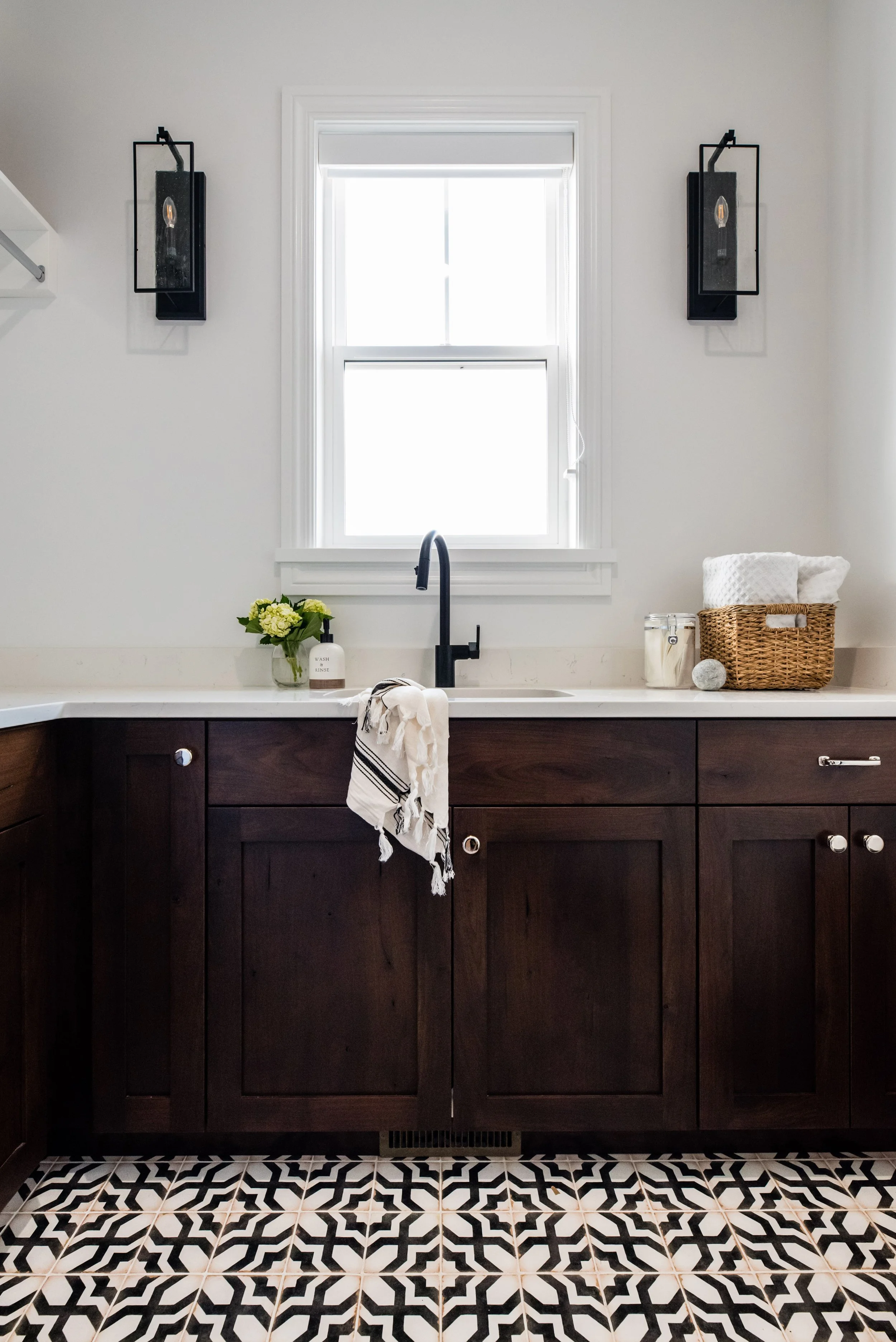Transition to Fall
Oh boy, can you BELIEVE it’s already October?! Has this year completely flown by for anybody else or just me?
This month I’m excited to talk to you about one of my favorite home-related topics: lighting! Lighting is such a powerful aspect of any home design, and I want to help teach you how to use it to your advantage. As we transition to fall, and likely to more time indoors, you'll really start noticing your lighting situation more. If you find yourself needing a bit of a refresh, I hope this email will be a helpful guide.
Today I’m going to cover three topics – the layers of light, how to pick the right lighting fixture every time, and bulb brightness. Let’s get started!
As with so many aspects of your home, good lighting is all about layers. Think of a couch. What is more inviting, a couch with three pillows or a couch with only one? I will always, always gravitate toward a couch with three pillows!
Likewise you should make sure that each room of your house has three layers of light. I’m going to walk you through the different types of light I use when putting together a home and how you can do the same!
Natural Light
Natural light, or light from windows, is probably the first thing you think of when you think of lighting your house. In most cases, natural light will be the source of all your light throughout the day. If you’re lucky enough to have big windows, keep them uncovered! Natural light has many benefits aside from just looking beautiful. It can help your body produce Vitamin D, regulate your sleeping cycle, and keep you happier! Of course there are some rooms where natural light is unavailable. If you’re lacking in natural light, there are a few options for how to bring more brightness into your home.
Ambient Light
Also known as overhead light, ambient light is the default (man-made) lighting in your home. The most common types of ambient light are ceiling-mounted or recessed lights. Ambient light is meant to provide uniform overhead lighting and are a great way to add visibility to any room of your house. You likely already have ambient light in your bedroom, kitchen, bathroom, hallways, and living areas. Now, let’s cover the two options you have for adding a third layer of light to your home.
Option 1: Task Light | Task lighting normally takes form in lamps on the floor or a table. This lighting type is meant to give focused added illumination so you can avoid eye strain. While task lighting lights one specific area, it can add an overall feeling of warmth to any room.
Option 2: Accent Light | Accent lighting is meant to highlight one specific area of your home. Think scones, lights under cabinet, or a gallery light above your favorite piece of art. Much like task lighting, accent light won’t light up your entire room but will add general warmth to your room.
Picking the Right Light
Now that you understand the types of lighting, let’s figure out what kind of light should go where. I think it’s important to match the style of your lighting to the architecture of your home. For example, if you live in a modern home, opt for sleeker light fixtures. If your home leans traditional, select warmer, more ornate lights. Of course, if you’re totally drawn to a different style light than your home architecture suggests, go for it! Design “rules” are meant to be broken to suit your style!
Bulb Brightness
Finally, let’s discuss bulb brightness. Light is measured on three different scales – watts, lumen, and Kelvin. I’ll be taking about lighting today in Kelvin. There are plenty of handy guides that can help you convert from one scale to another.
Daylight is typically measured at around 5000 Kelvin (K). The unnatural, almost bluish lighting you’ve probably seen in any office building likely measured around 4000K. I never include any lighting about 4000K in a home as its often off-putting and not relaxing. I pick overhead lighting that is around 3500K, tops. Task and accent lights are usually a soft white, around 2500K. Of course, if your space requires a little more light you can go hire, but I strongly advise against using anything 4000K or above in your home.
And there you have a crash course in lighting! What questions do you have for me? I can’t wait to chat.
|







